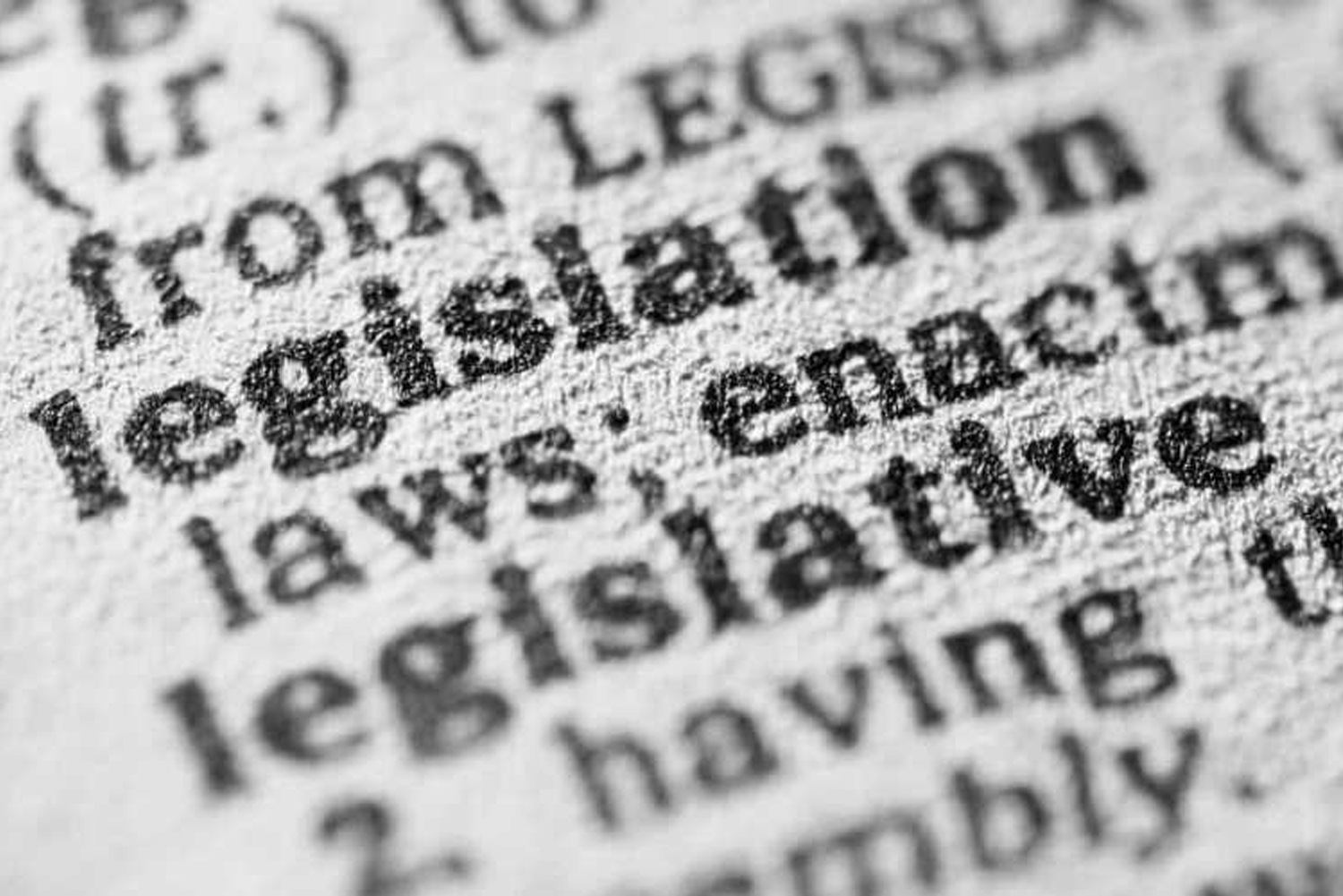What are the new tax year allowances?

New tax year allowances
The tax year started on 6th April and personal allowances have increased – this is the amount you can earn before any tax is applied. The personal allowance is now £12,500*
If a spouse does not use all his or her personal allowance, it may be possible to transfer 10% to the other spouse. This can make even better tax efficiency.
The threshold at which higher rate tax (40%) is applied has increased to £50,000.
Inheritance Tax
The basic allowance of £325,000 per person is unchanged. The main residence allowance has increased to £150,000 – this allowance has some strings attached so it may not apply in every case – it pays to take advice.
Pensions
Although few people are troubled by the ‘Lifetime Allowance’ of £1,050,000 – it is still the case that pension contributions are one of the most tax efficient ways to convert ‘lazy money’ in a cash deposit or an ISA in to something that can be very flexible and enjoy tax relief.
Buy to Let property
Put simply, it is increasingly difficult to make big money from this sort of investment. Tax is due on turnover rather than profit and the amount of interest that can be offset against a profit calculation has reduced and will stop next year.
Capital Gains Tax
The personal allowance has increased to £12,000.
Entrepreneurs Relief
This is a wonderful allowance under which tax is only 10% for the first £10m – often an issue when selling a business.
Dividend allowance
This has reduced from £5,000 to £2,000, so if this is an important part of your income strategy – it might be a good time to review arrangements with an Independent Financial Adviser to explore other tax efficient ways of delivering benefits.
* In some circumstances HMRC can reduce your personal allowance via an alteration in your tax code – the most usual code will be 1250L.
Source: https://www.gov.uk/
Eamonn Dorling Dip PFS, Senior Independent Financial Adviser, Brooks Wealth Management


